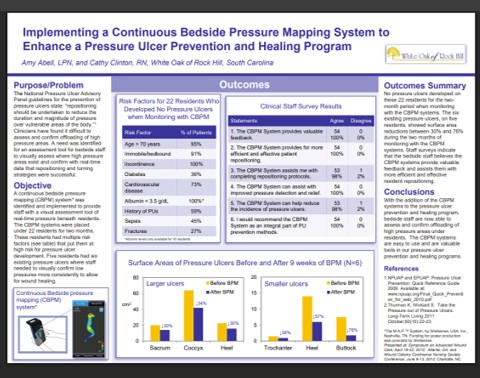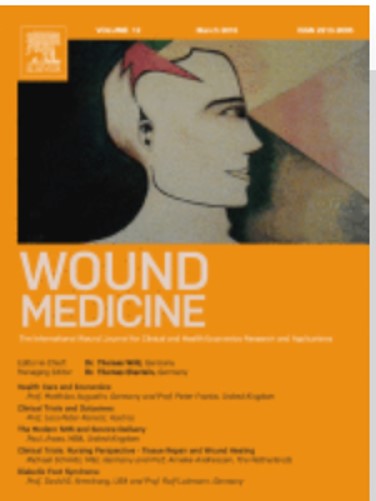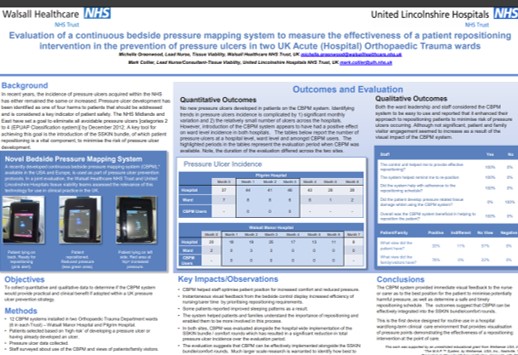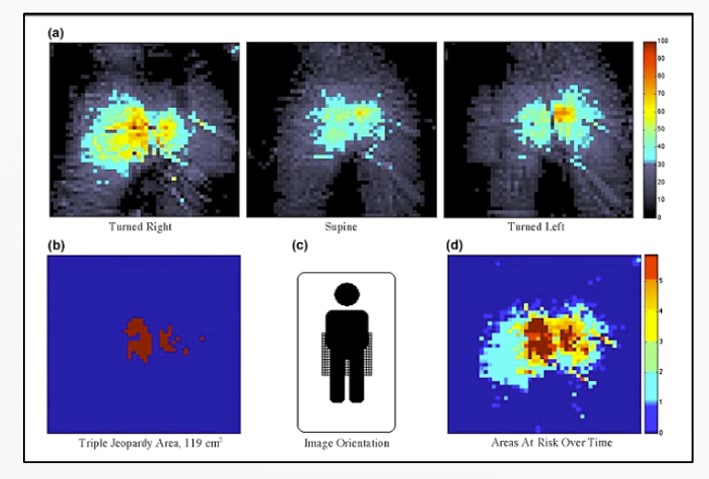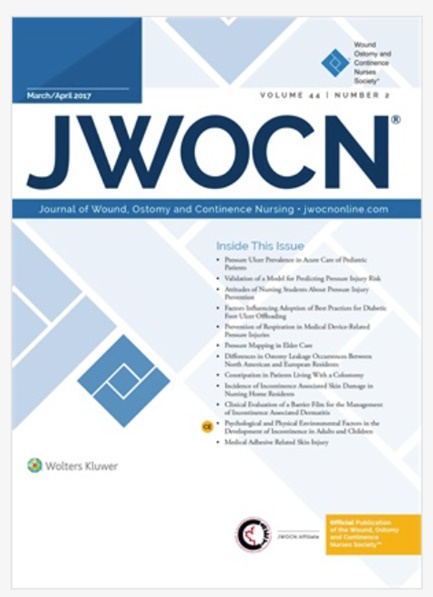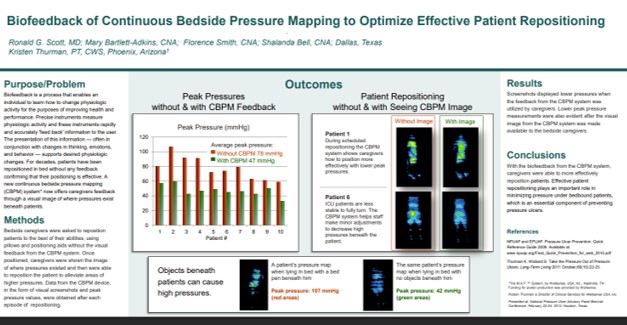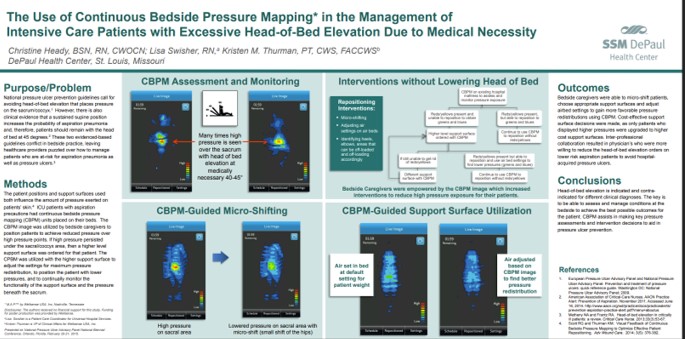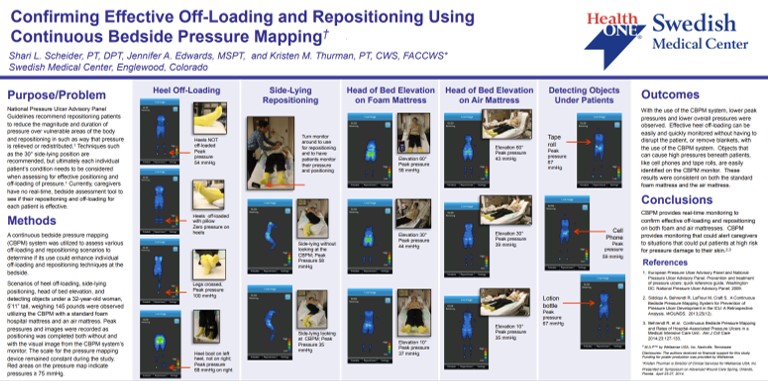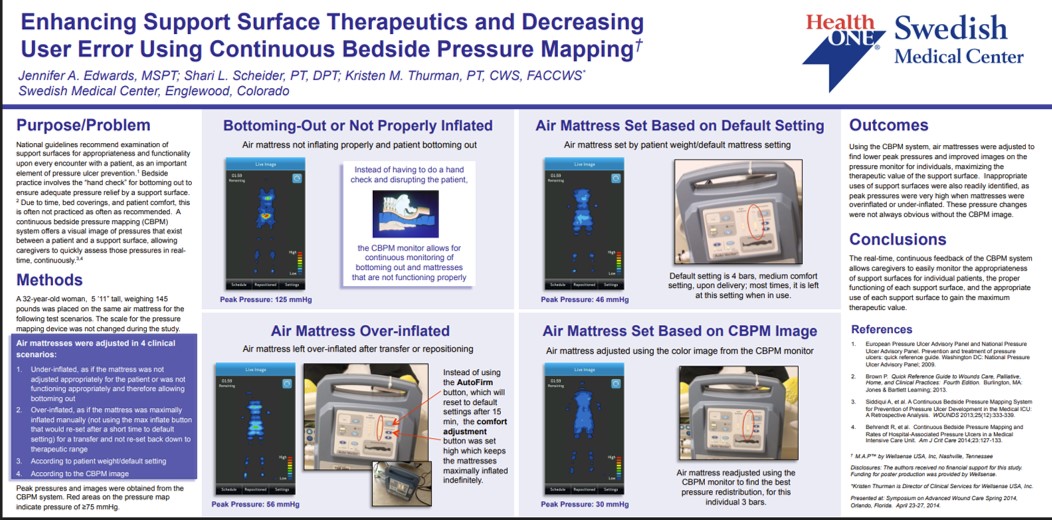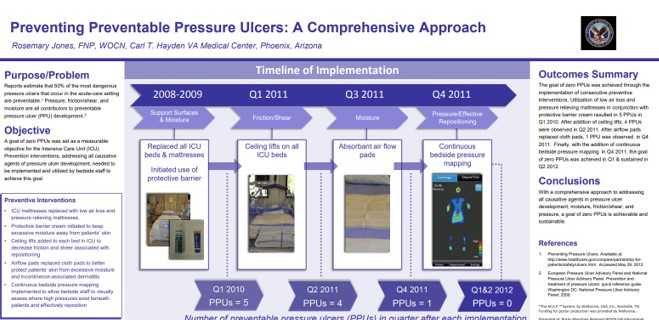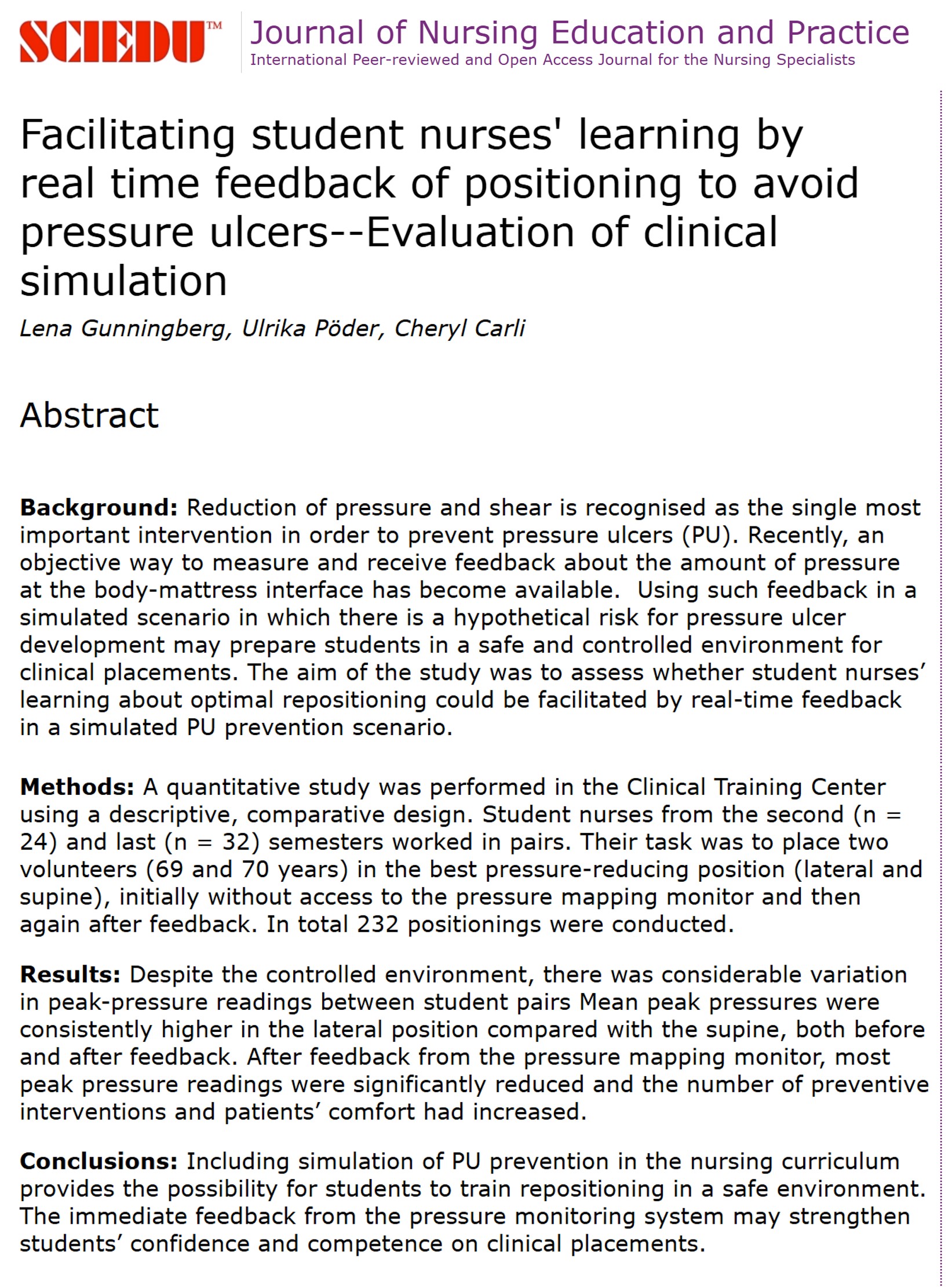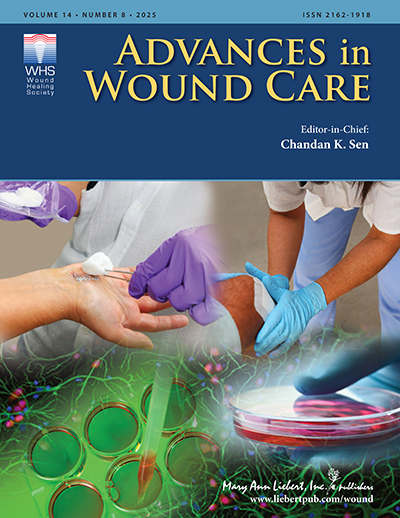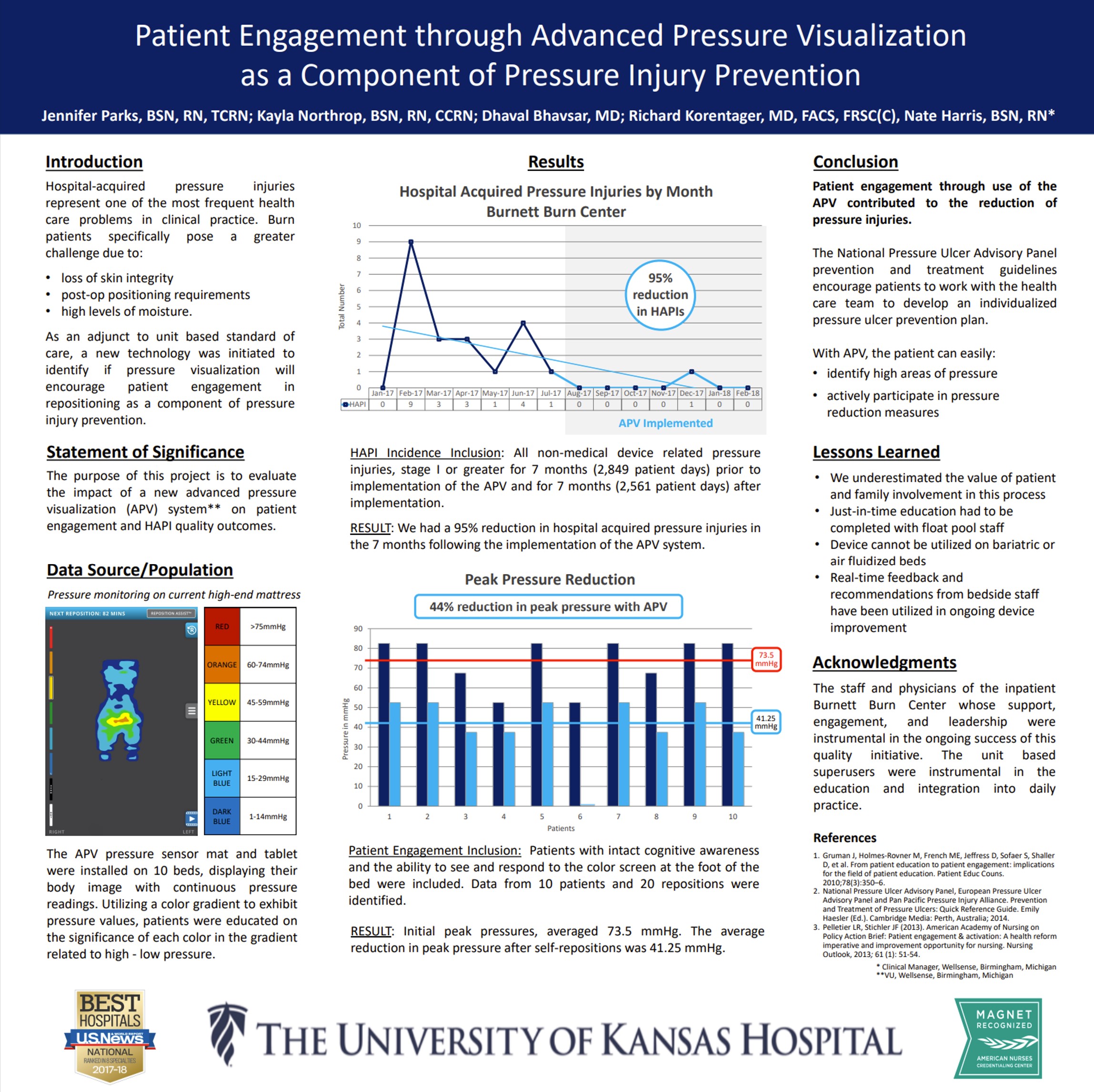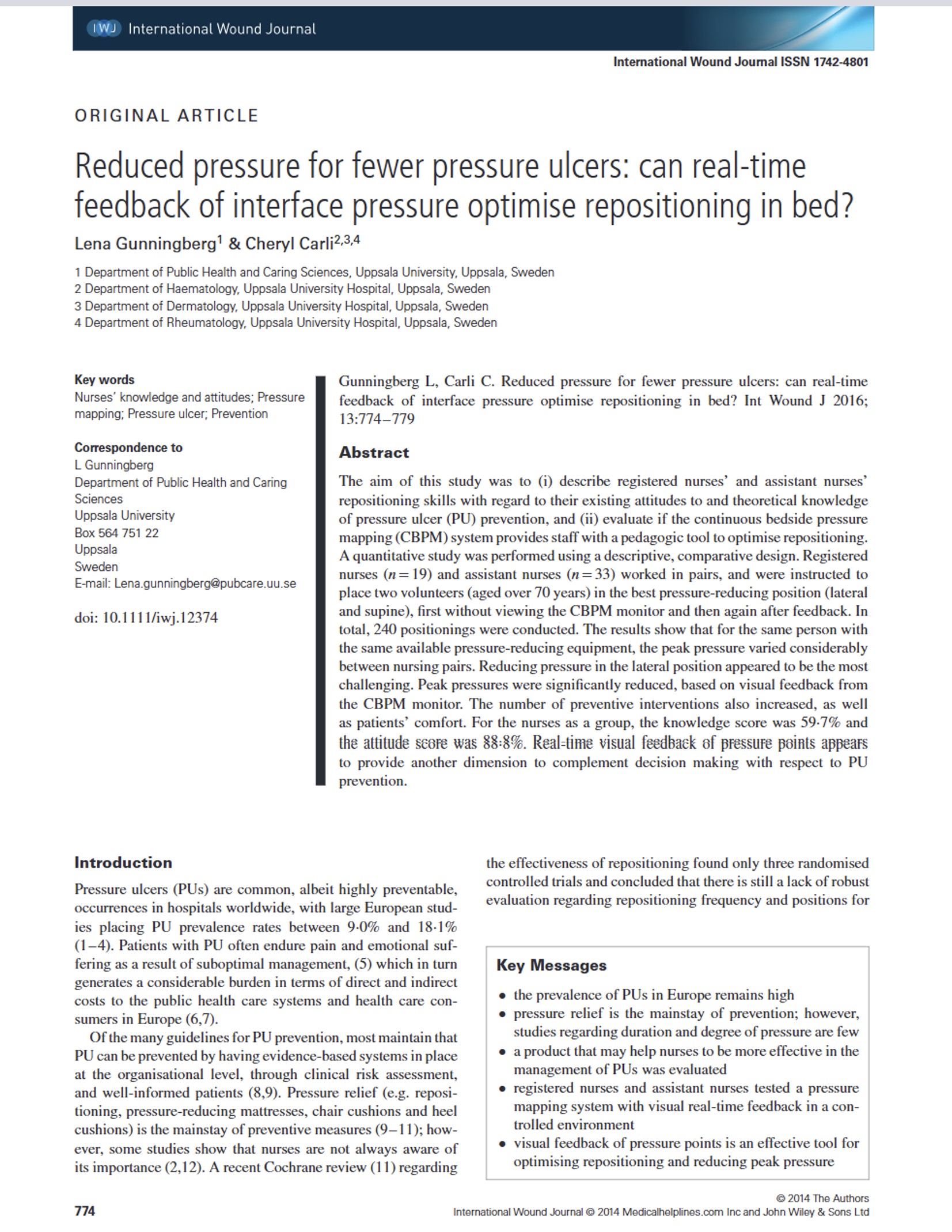Clinical Evidence – Select the category you want to view
Title
Key Takeaway/s
At White Oak of Rock Hill, no new pressure ulcers developed in 22 high-risk residents monitored with bedside pressure visualization, while existing ulcers showed 30–76% surface area reduction within 9 weeks Read Full Article
Title
Self-turning for Pressure Injury Prevention
Key Takeaway/s
At an urban tertiary care hospital, 101 patients designated as self-turn reliably repositioned themselves with the use of a pressure visualization system—demonstrating that mobile, low-risk patients can self-manage effectively when properly instructed. Read Full Article
Title
Key Takeaway/s
In two UK NHS hospitals, continuous bedside pressure mapping helped identify and reduce pressure ulcer incidence, with staff reporting 100% agreement that the system improved positioning, reduced risk, and was beneficial in care. Patients and families also responded positively, with 78% rating the system helpful. Read Full Article
Title
Patient repositioning and pressure ulcer risk – Monitoring interface pressures of at-risk patients
Key Takeaway/s
This peer-reviewed study from the University of Florida, published in the Journal of Rehabilitation Research & Development, found that in over 95% of turns, high pressure remained in the sacral region, putting patients at continued risk. It shows that turning alone is not enough—pressure must be visualized to confirm offloading Read Full Article
Title
Key Takeaway/s
This peer-reviewed study found that when staff repositioned residents using feedback from a real-time pressure mapping system, peak interface pressures were significantly reduced (P = .016) and more preventive interventions were implemented (P = .012), demonstrating that pressure visualization directly improves the effectiveness of repositioning Read Full Article
Title
Biofeedback of Continuous Bedside Pressure Mapping to Optimize Effective Patient Repositioning
Key Takeaway/s
This clinical poster from Vanderbilt University Medical Center showed that real-time pressure visualization reduced median sacral pressure by 63%, with post-intervention pressure at 47 mmHg, a level consistent with very low interface pressure Read Full Article
Title
Key Takeaway/s
SSM DePaul Health Center showed that continuous bedside pressure mapping identified dangerously high sacral pressures at 40–45° head-of-bed elevation, enabled simple micro-shifts to reduce pressure, and guided use of higher support surfaces only when truly needed—improving outcomes and lowering costs Read Full Article
Title
Confirming Effective Off-Loading and Repositioning Using Continuous Bedside Pressure Mapping
Key Takeaway/s
A study at Swedish Medical Center found that Continuous Bedside Pressure Mapping confirmed effective off-loading and repositioning, consistently lowered peak pressures by up to 55%, and identified hidden objects such as phones and tape rolls that created high pressure beneath patients. Read Full Article
Title
Key Takeaway/s
At Swedish Medical Center, Continuous Bedside Pressure Monitoring revealed issues such as bottoming out, over-inflation, and improper default settings, and guided mattress adjustments that reduced peak pressures by up to 76%. Read Full Article
Title
Key Takeaway/s
At St. Anthony’s Medical Center, Continuous Bedside Pressure Mapping enabled use of lower-cost support surfaces, reducing reliance on specialty rentals and delivering net savings of $19 per patient per day after including the cost of the visualization system itself. Read Full Article
Title
Preventing Preventable Pressure Ulcers: A Comprehensive Approach
Key Takeaway/s
At the Carl T. Hayden VA Medical Center, a stepwise prevention program that included real-time pressure visualization reduced preventable pressure ulcers from 5 per quarter to 0, sustaining zero PPUs across two consecutive quarters Read Full Article
Title
Key Takeaway/s
In two UK NHS hospitals, continuous bedside pressure mapping helped identify and reduce pressure ulcer incidence, with staff reporting 100% agreement that the system improved positioning, reduced risk, and was beneficial in care. Patients and families also responded positively, with 78% rating the system helpful. Read Full Article
Title
Key Takeaway/s
This peer-reviewed study found that when staff repositioned residents using feedback from a real-time pressure mapping system, peak interface pressures were significantly reduced (P = .016) and more preventive interventions were implemented (P = .012), demonstrating that pressure visualization directly improves the effectiveness of repositioning Read Full Article
Title
Biofeedback of Continuous Bedside Pressure Mapping to Optimize Effective Patient Repositioning
Key Takeaway/s
This clinical poster from Vanderbilt University Medical Center showed that real-time pressure visualization reduced median sacral pressure by 63%, with post-intervention pressure at 47 mmHg, a level consistent with very low interface pressure Read Full Article
Title
Key Takeaway/s
With the use of real-time pressure mapping feedback, student nurses were able to significantly reduce interface pressure compared to repositioning without the system, demonstrating its value in teaching effective pressure ulcer prevention. Read Full Article
Title
Visual Feedback of Continuous Bedside Pressure Mapping to Optimize Effective Patient Repositioning
Key Takeaway/s
Visual feedback from continuous bedside pressure mapping enabled caregivers to reposition patients more effectively, lowering high pressures and improving care. Read Full Article
Title
Self-turning for Pressure Injury Prevention
Key Takeaway/s
At an urban tertiary care hospital, 101 patients designated as self-turn reliably repositioned themselves with the use of a pressure visualization system—demonstrating that mobile, low-risk patients can self-manage effectively when properly instructed. Read Full Article
Title
Key Takeaway/s
In two UK NHS hospitals, continuous bedside pressure mapping helped identify and reduce pressure ulcer incidence, with staff reporting 100% agreement that the system improved positioning, reduced risk, and was beneficial in care. Patients and families also responded positively, with 78% rating the system helpful. Read Full Article
Title
Key Takeaway/s
At the University of Kansas Hospital Burnett Burn Center, Advanced Pressure Visualization resulted in a 95% reduction in hospital-acquired pressure injuries (27 down to 1) and a 44% reduction in peak pressures, showing the effectiveness of patient engagement with real-time pressure feedback. Read Full Article
Title
Key Takeaway/s
Real-time pressure visualization significantly reduced peak interface pressures and increased both patient comfort and the number of pressure-reducing interventions performed by nurses. Staff found the system easy to use and viewed it as a valuable tool for improving repositioning technique. Read Full Article
